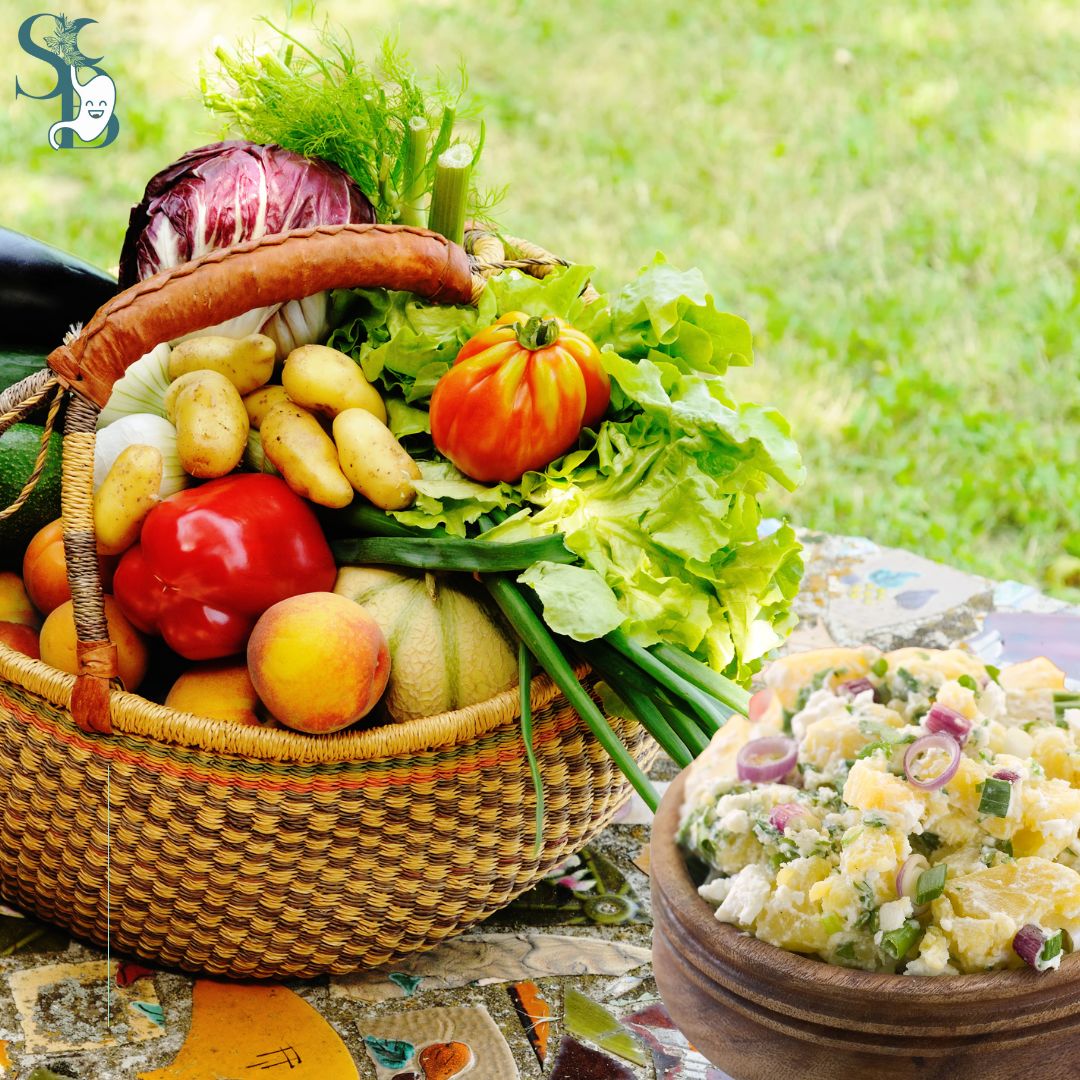I know you would have heard me banging on about short chain fatty acids in many of my posts and blogs. They are the magic potion in gut health and butyrate is one of them. I know this might not be the most exciting post of the year but this is something you need to know about if you want a healthy gut, mind and body.
What is it?
Butyrate (sometimes known as butyric acid) is one of the 3 main short chain fatty acids made by our gut bacteria when they ferment fibre in our large intestine. The other 2 are acetic acid and propionic acid.
It is the main source of energy for the cells that make up the lining of our colon (thought to make up 70% of all energy). (1) It is also thought to have some amazing health benefits such as preventing colon related to cancer due it creating a slightly more acidic environment, supporting our immune system and also reducing inflammation in the gut. (2-3)
You can get a modified version of butyrate in foods as a food enhancer and in supplements (sodium butyrate) but they are not the same as the butyrate found naturally in foods and what the gut bacteria make.
Butter is a good source of butyrate but you don’t want to have too much of this and the amount in it is tiny compared to what your gut bacteria produce. The best way to get it is to eat fibre rich foods that encourage the natural production of it in the gut such as fruit, vegetables, legumes, whole grains and resistant starches such as cooked and cooled potatoes and rice (those potato and rice salads are great this time of year).
Things that can affect butyrate production
- Not eating lots of plants and fibre rich foods – be careful with long term fasting; FODMAPS and ketogenic diets. These types of diets need to be done carefully and with guidance.
- Medications which can alter the balance of bacteria in the gut e.g. antibiotics, long term use of ibuprofen and paracetamol etc.
- Certain diseases such as inflammatory bowel disease, diabetes type 2 which can also alter the bacteria in your gut. (4)
What does the research show us
The research on butyrate as a therapeutic agent is growing. The research has focused more on the supplementation form:
- In one study on IBS patients 300 mg sodium butyrate supplementation reduced abdominal pain after only 4 weeks (5) and a study on 13 people with Crohn’s disease showed reduced symptoms after 2 months of taking 4000 mg in 69% of participants (although this was a small sample of people). (6)
- Animal studies have shown that butyrate may improve insulin resistance and prevent obesity (7) and possibly cardiovascular disease. (8)
- There are a few studies showing that butyrate might help with brain health and prevent cognitive disorders such as Parkinsons and Alzheimers (there have been studies showing the benefits of fibre and this may be one of the reasons). (9 – 10)
- Another animal study suggested that butyrate supplementation may help improve sleep by increasing deeper, restorative sleep in rats. (11
At this time, there aren’t any guidelines around how much butyric acid you need (supplement wise).
Where to get it from?
Increasing your fiber intake may be the best strategy for boosting the amount of butyric acid in your gut. Even the richest food sources (ghee, butter, cheese, milk, sauerkraut) contain relatively little of this fatty acid compared to the amount your gut bacteria create. So it’s important to eat the foods that they like:
- Asparagus
- Artichoke
- Apples
- Apricots
- Bananas (unripe is better than ripe)
- Broccoli
- Carrots
- Chickpeas.
- Garlic
- Kiwi fruit
- Leafy green
- Onions
- Oat bran
- Potatoes
- Peas
- Pears
- Raspberries
Cooked then cooled:
- oats (bircher muesli/cold porridge)
- beans/legumes (bean salads)
- Rice (cold rice puddings and rice salad)
- Potato (potato salad)
Just another reason to up those plants in your diet – start small and increase slightly over time. Eventually you want to be eating up to 9 servings (fistful) of plants a day and 30-40 different varieties a week – that’s the goal. If you have any digestive issues then starting small is key.
Please email me if you have any questions or would like to organise a free chat to see if I can help you increase your veggie consumption and make 2023 your year of health!
References
- https://www.ncbi.nlm.nih.gov/pmc/articles/PMC4903954/
- https://www.ncbi.nlm.nih.gov/pmc/articles/PMC3070119/
- https://academic.oup.com/advances/article/9/1/21/4849000
- https://pubmed.ncbi.nlm.nih.gov/24833634/
- https://pubmed.ncbi.nlm.nih.gov/22738315/
- https://pubmed.ncbi.nlm.nih.gov/16225487
- https://www.ncbi.nlm.nih.gov/pmc/articles/PMC4496978/ https://www.frontiersin.org/articles/10.3389/fphar.2021.837509/full
- https://www.ncbi.nlm.nih.gov/pmc/articles/PMC4903954/
- https://www.ncbi.nlm.nih.gov/pmc/articles/PMC6595503/#B40
- https://pubmed.ncbi.nlm.nih.gov/31065013/
Email me at admin@sarah-brenchley.com or book a free discovery call to discuss how I can help you. I offer a 1:1 sessions and various programmes on gut health, weight and menopause. Go to https://sarah-brenchley.com/links for information and free resources and join the best Facebook Group ever – Women’s WellBeing Circle.
Go to my You Tube channel to watch the video versions of my blogs including this one: https://www.youtube.com/channel/UCmS_kdkO4JsbqyhvfLwOPtA


0 Comments